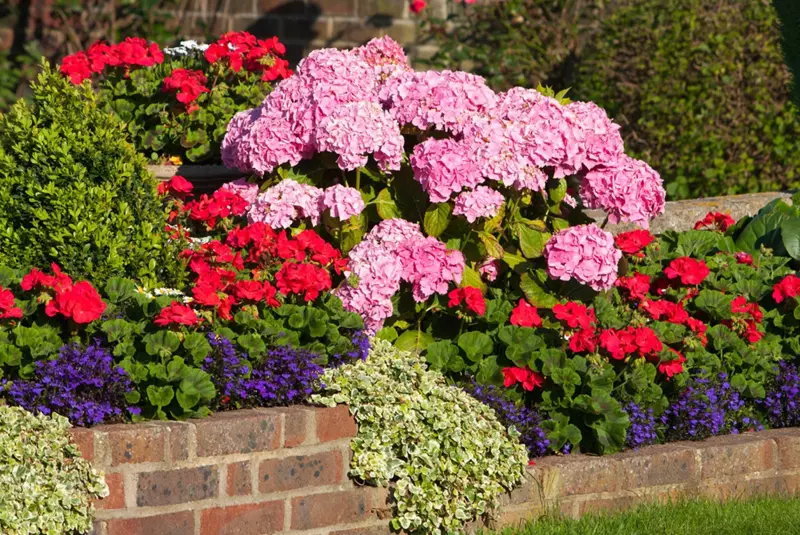
10 Stunning Hydrangea Varieties Loved Across the USA
Discover the top 10 hydrangea varieties loved in the USA. Learn about their unique features, care tips, and how they can enhance your garden.
Read MoreUSDA Hardiness Zone 5 is characterised by cold winters and moderate growing seasons, making it a challenging yet rewarding climate for gardeners. This zone includes regions where minimum winter temperatures can drop to -20°F to -10°F (-29°C to -23°C), requiring plants to be resilient against frost and prolonged periods of dormancy.
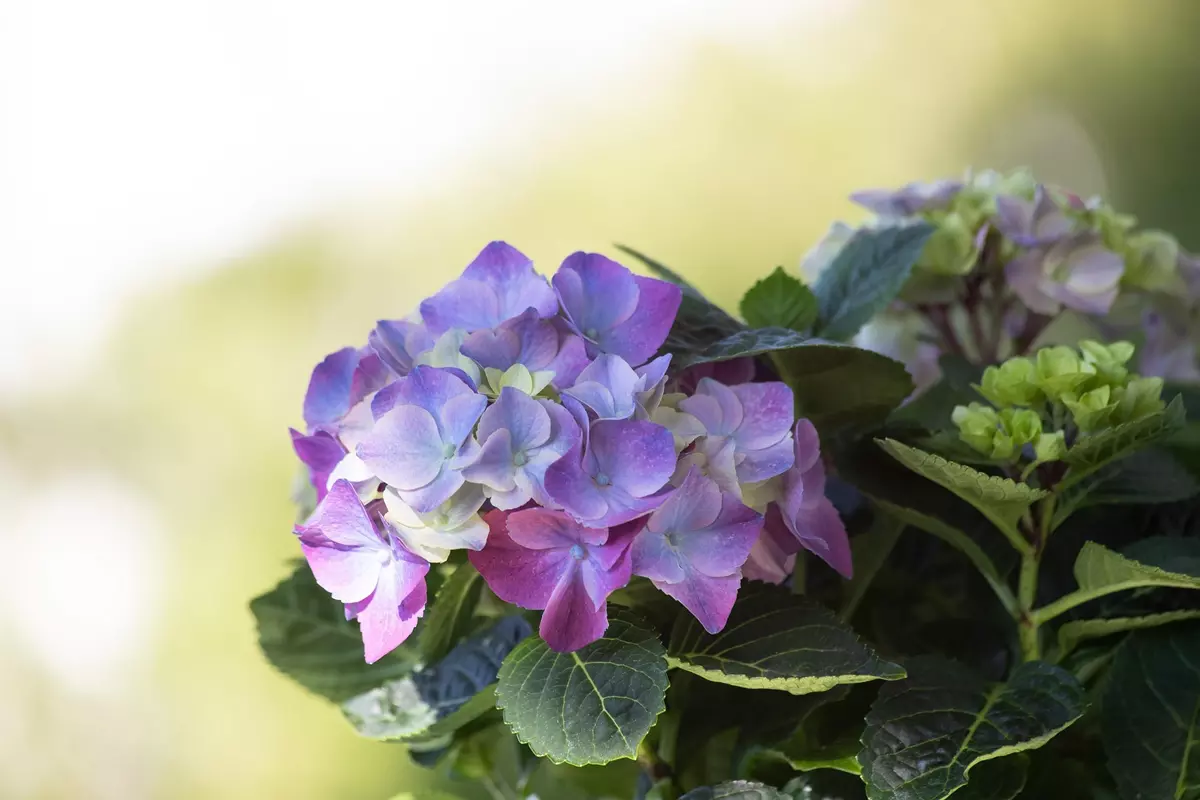
The climate in Zone 5 is defined by its four distinct seasons, with cold, often snowy winters and warm summers. Gardeners in this zone typically experience:
Zone 5 covers vast areas of the United States, including regions in the Midwest, Northeast, and parts of the Rocky Mountains. States that contain Zone 5 regions include:
Many areas within these states experience cold snaps, heavy snowfall, and fluctuating temperatures, making plant selection crucial for successful gardening.
The soil composition in Zone 5 varies significantly based on location, but common soil types include:
Hydrangeas prefer moist, well-drained soil with a slightly acidic to neutral pH (5.5 to 6.5), ensuring healthy root development and vibrant blooms.
Gardeners in USDA Zone 5 face several challenges due to the cold climate and unpredictable weather patterns. These include:
Despite the challenges, many cold-hardy hydrangea varieties thrive in Zone 5. These plants offer:
With proper mulching, pruning, and winter protection, hydrangeas can flourish in Zone 5, bringing vibrant beauty to gardens year after year.
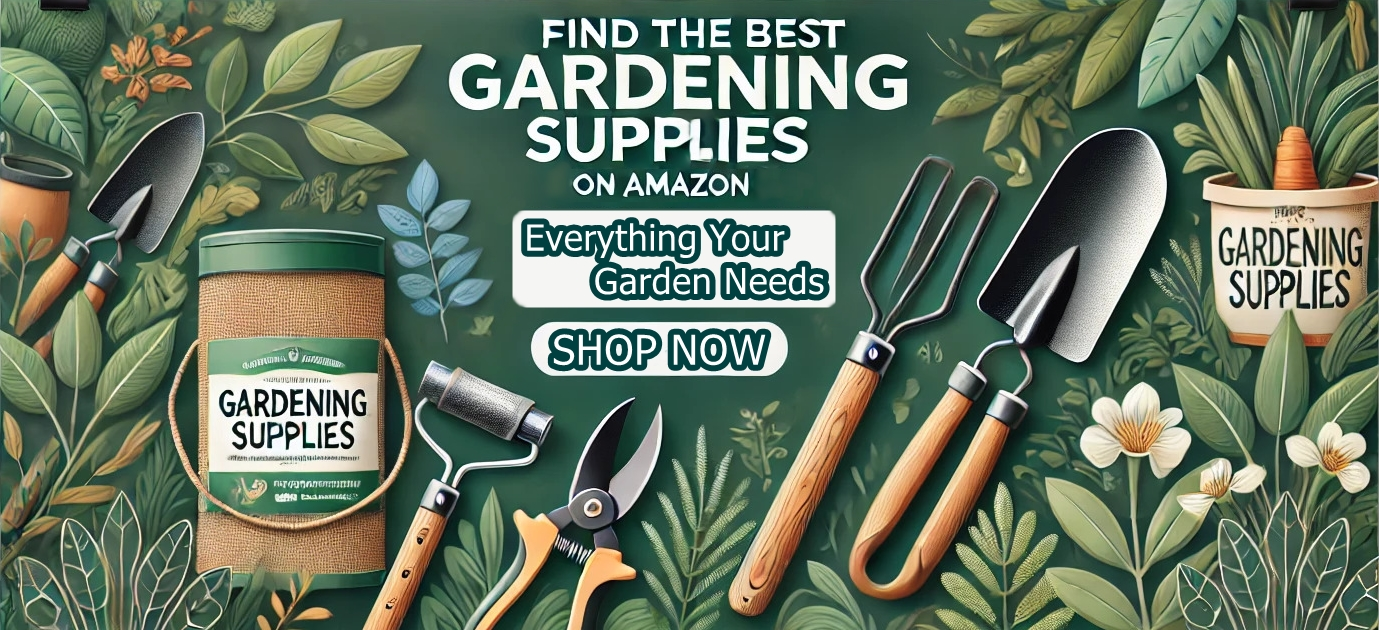
Not all hydrangeas are cold-hardy, but several varieties have been proven to withstand the harsh winters of USDA Hardiness Zone 5. These hydrangeas not only survive extreme cold but also thrive in the region’s shorter growing season, producing stunning blooms from late spring to autumn.
Panicle hydrangeas are among the hardiest hydrangea species, thriving in Zones 3-8. They are well-known for their cone-shaped flower clusters, which emerge as creamy white and gradually transition to shades of pink, red, or even deep burgundy as the season progresses. This colour change is influenced by cooler temperatures in late summer and autumn.
This variety is especially ideal for Zone 5 gardeners because it blooms on new wood, meaning it produces flowers on the current season’s growth. This ensures reliable flowering even if winter damage occurs.
Smooth hydrangeas are native to North America and are incredibly resilient, thriving in Zones 3-9. These hydrangeas are best known for their large, round flower heads, which start as pale green and mature into bright white or soft pink, depending on the variety.
One of the biggest advantages of smooth hydrangeas is their ability to bounce back from winter damage, as they bloom on new wood. This makes them a low-maintenance choice for Zone 5 gardeners.
The oakleaf hydrangea is a unique species that stands out due to its deeply lobed, oak-like leaves and dramatic seasonal changes. Unlike other hydrangeas, it is prized for both its flowers and foliage, making it an attractive choice for Zone 5 landscapes.
Oakleaf hydrangeas flower on old wood, so pruning should be done immediately after blooming to avoid removing next year’s flower buds. This variety is particularly valued for its four-season interest, with exfoliating bark in winter adding visual appeal.
Climbing hydrangeas are a versatile and hardy option for Zone 5 gardens. They are known for their ability to cling to walls, fences, and trees, creating a lush, flowering vertical display.
Unlike other hydrangeas, this species is a slow starter, often taking a few years to establish before producing abundant blooms. However, once mature, it becomes a low-maintenance, shade-tolerant climber that provides beauty year after year.
When selecting hydrangeas for a Zone 5 garden, it is important to consider:
By selecting the right hydrangea variety and providing proper care, Zone 5 gardeners can enjoy vibrant, long-lasting blooms throughout the growing season.
Hydrangeas thrive when planted in the right location with well-prepared soil. Choosing the correct spot and ensuring the soil meets their needs is essential for healthy growth and abundant flowering.
From my experience, mixing a small amount of mushroom compost into the soil at planting time helps retain moisture and improves soil structure, especially in sandy areas.
Proper watering and fertilisation are crucial for hydrangea health. These plants require consistent moisture but should never be waterlogged, as excessive water can cause root rot.
The way I do it: I always use rainwater for watering, as I’ve noticed that tap water with high pH and minerals can affect the plant’s health and reduce the intensity of the blooms over time.
Winter care is particularly important for hydrangeas in USDA Zone 5, where temperatures can drop to -29°C to -23°C (-20°F to -10°F). Proper protection ensures that plants survive harsh winters and bloom successfully the following season.
With proper planting, watering, fertilisation, and winter care, hydrangeas in Zone 5 can thrive and produce beautiful flowers year after year.
With the right variety and care, hydrangeas can thrive beautifully in USDA Zone 5, adding vibrant colour and texture to your garden.

Discover the top 10 hydrangea varieties loved in the USA. Learn about their unique features, care tips, and how they can enhance your garden.
Read More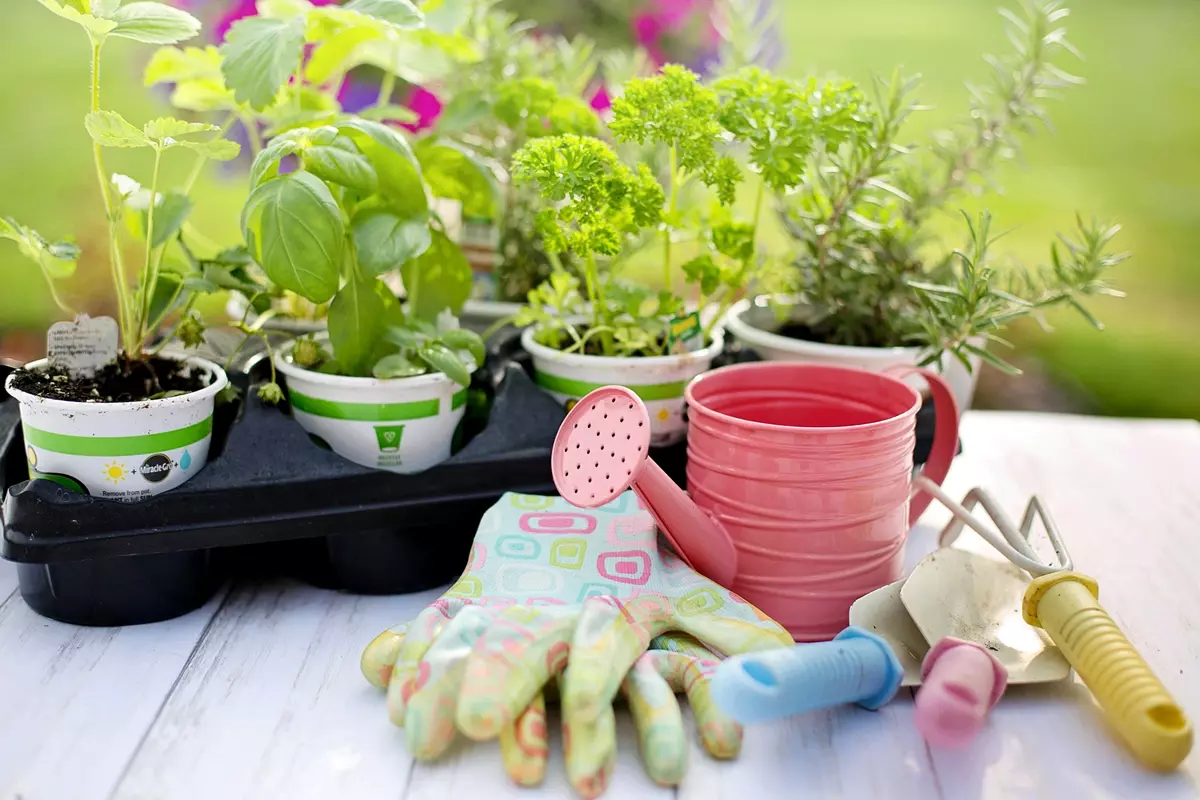
Discover the 5 must-have gardening tools every gardener needs! Learn how to choose the best equipment for a thriving garden. Read the ultimate guide now!
Read More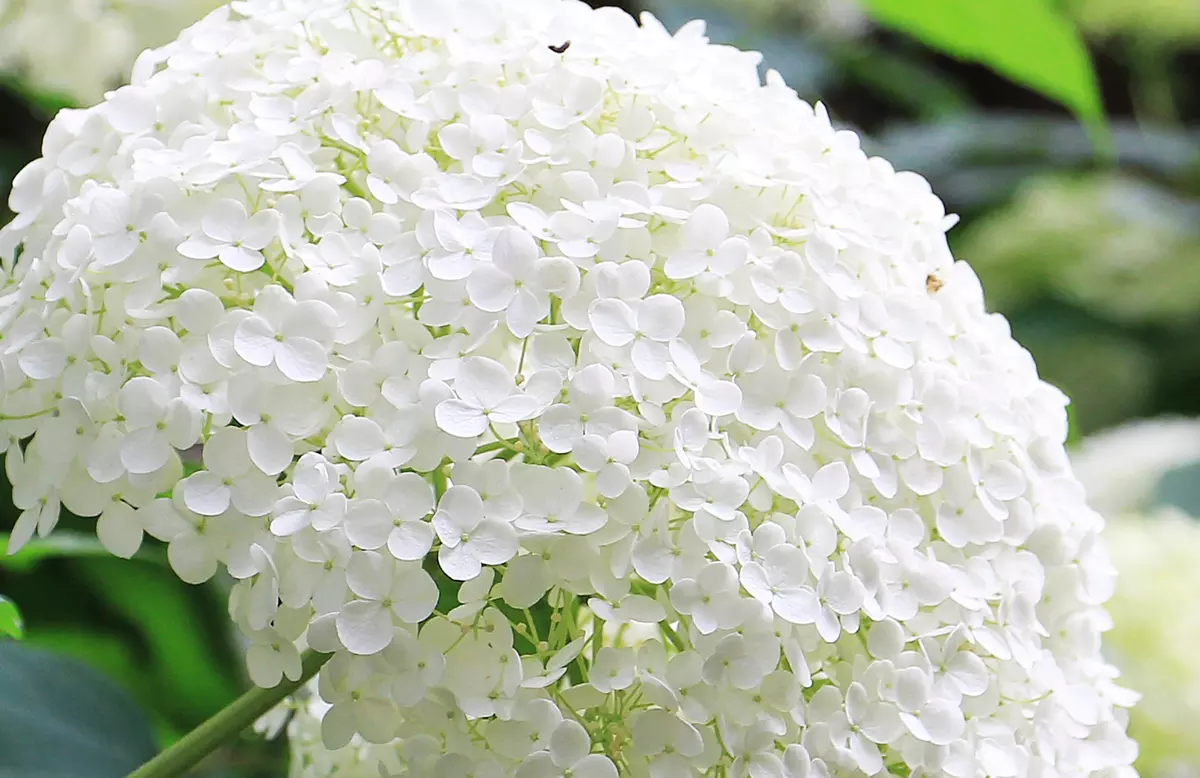
Find the best hydrangeas for USDA Hardiness Zone 3. Discover cold-hardy varieties that thrive in extreme winter conditions and learn expert care tips.
Read More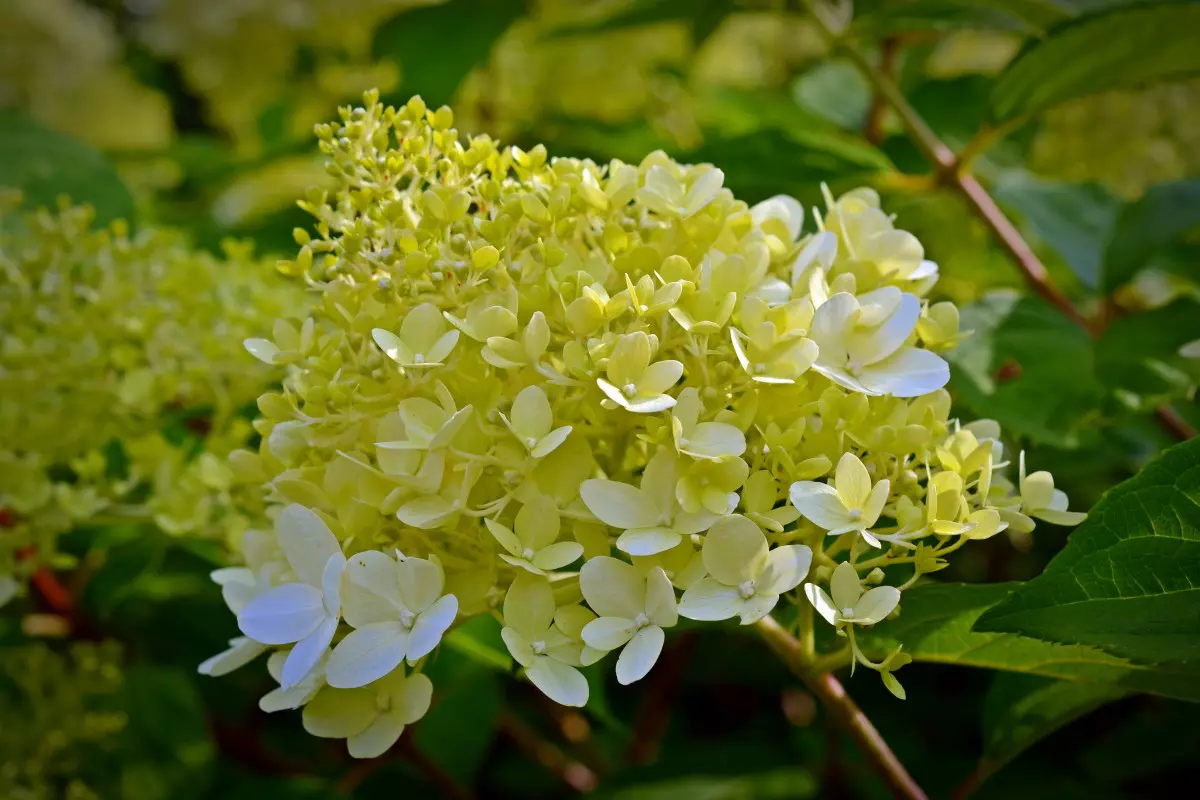
Discover the best hydrangeas for USDA Hardiness Zone 4. Learn which cold-hardy varieties thrive in harsh winters and how to care for them successfully.
Read More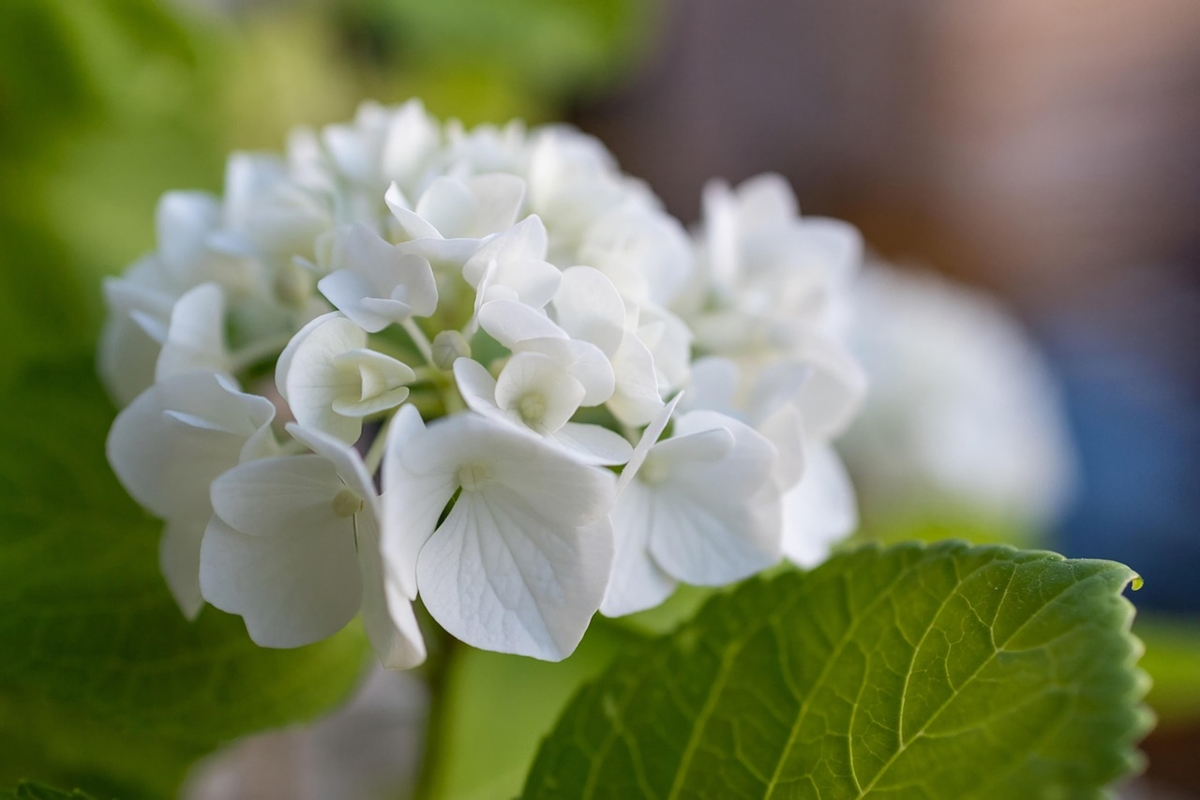
Discover the best hydrangea varieties for the Southeastern United States. Learn which types thrive in hot, humid climates and how to care for them.
Read More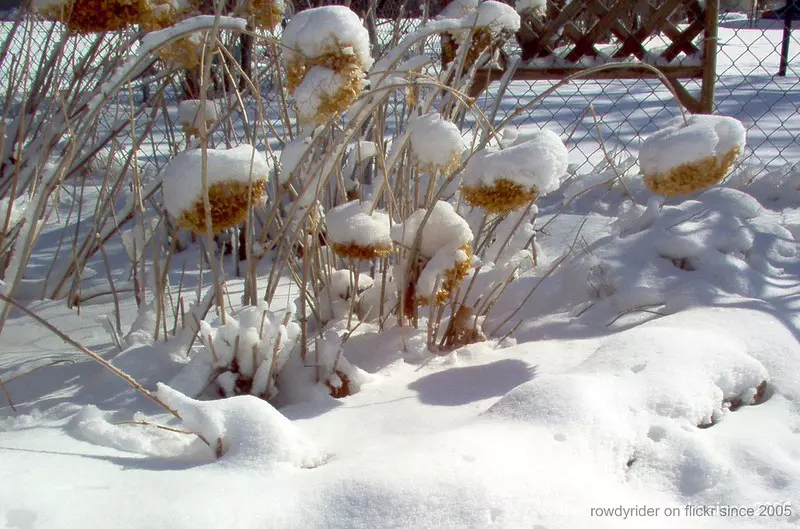
Your ultimate guide to protecting hydrangeas in winter for cold climates. Learn expert tips for mulching, frost protection, and proper spring pruning.
Read More